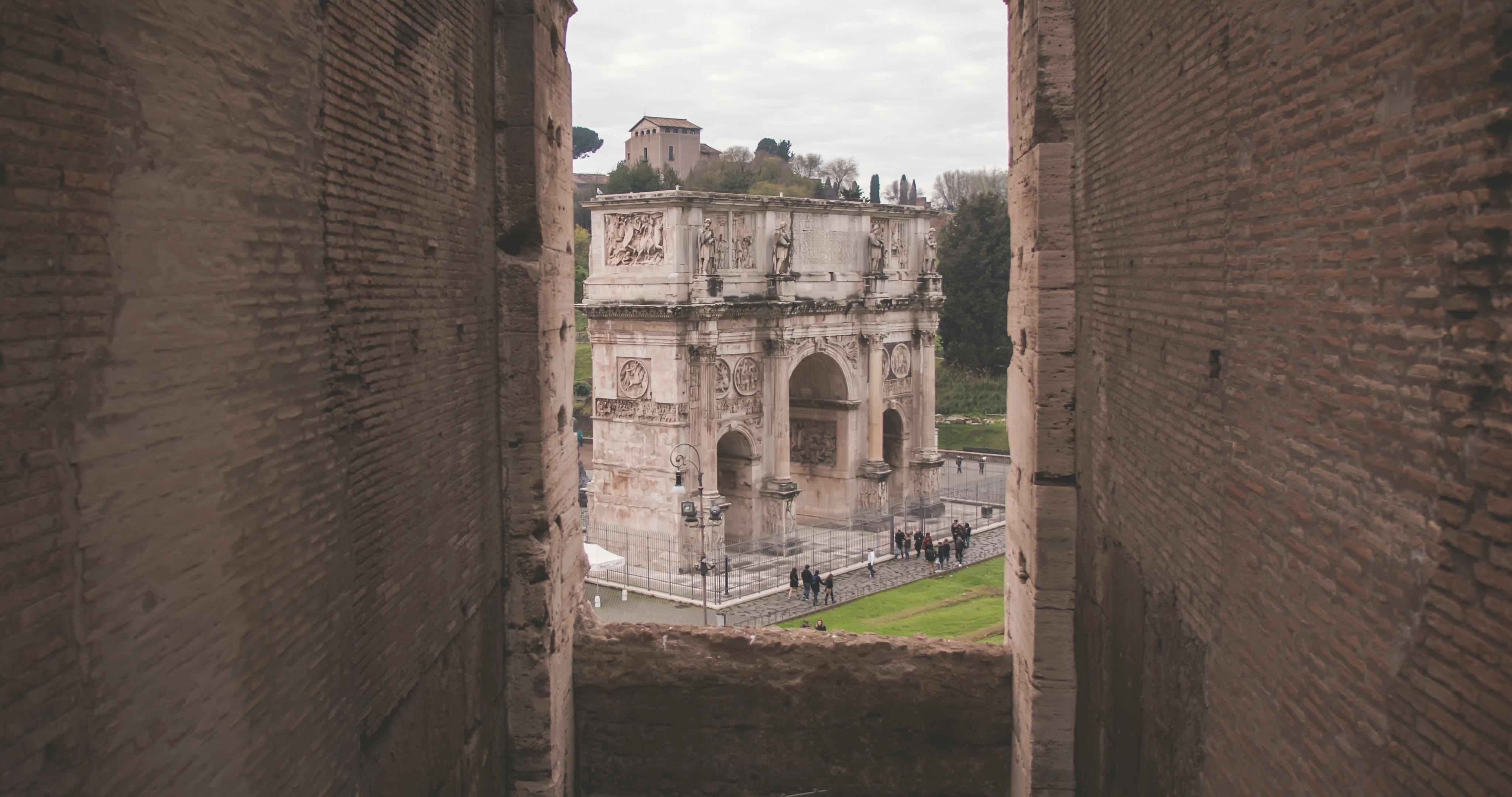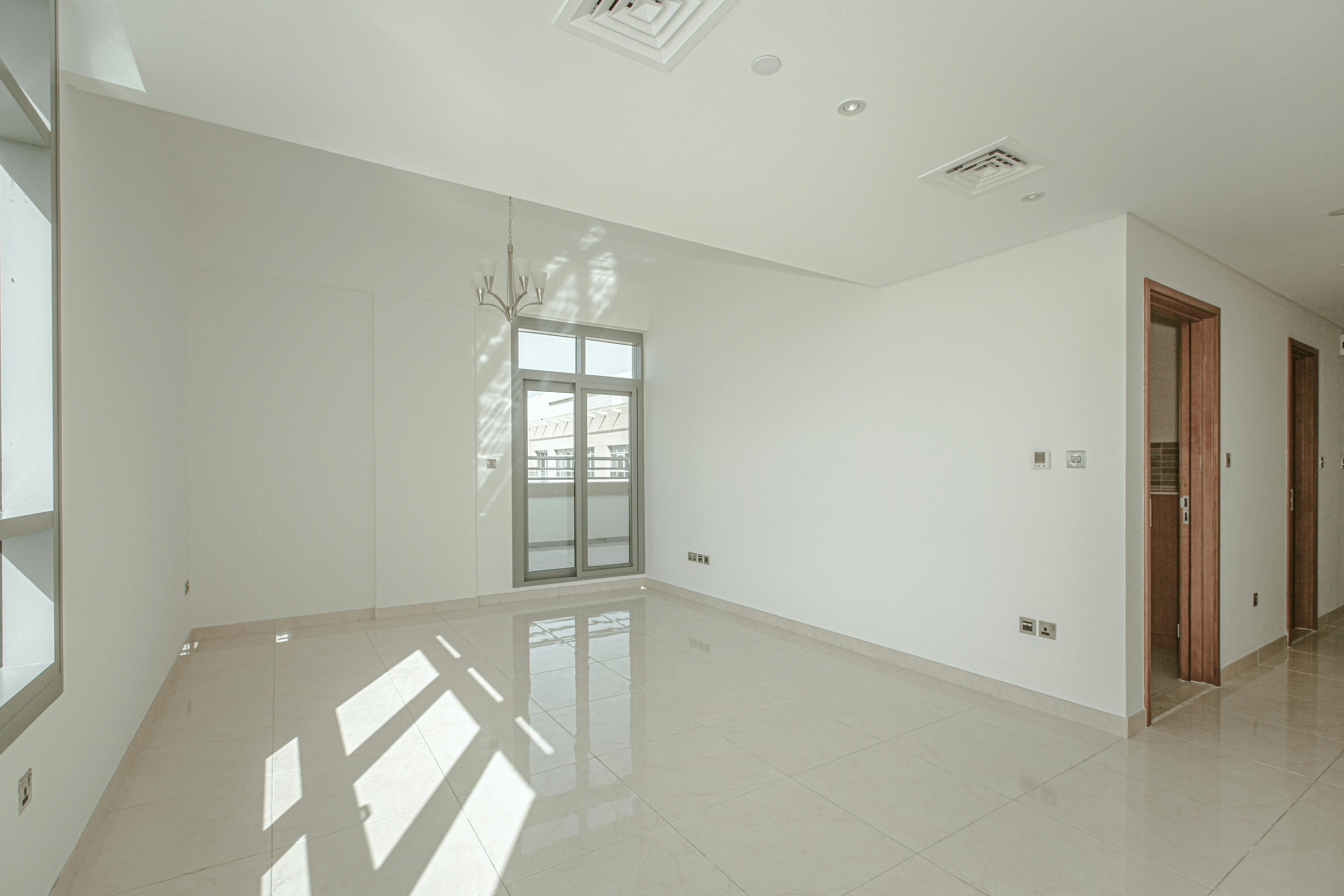It is important to note that masonry is not just pouring concrete to make a base of an edging mortar around the cracks in the bricks. Materials commonly used by masons include brick, travertine, granite, limestone, glass, tile, concrete, and stucco. Masonry is widely regarded as the backbone of construction and its two most widely used types include brick and concrete.
One of the main benefits of masonry is the good use of materials that increase the thermal mass of a given building. Mortar and brick generally do not need paint or any type of secondary coating. It is a great protection since it has high resistance characteristics. The walls are designed to withstand many elements and therefore can withstand the forces of tornadoes and hurricanes. A bricklayer points out that most buildings that were built with brick and limestone have lasted more than 500 years.
It is important to note that there are some limitations in the use of masonry work. For example, areas with extreme weather conditions are not ideal for masonry structures. This is because they are likely to deteriorate over time. It is advisable to use other means of construction in such areas. Also, mortar and brick are unlikely to survive intact for a long period of time in areas with frost and ice. This is because cold weather will damage the structure of the building. These areas have also been reported to be difficult for masons and other construction professionals to handle. Reinforced concrete, brick, and other materials can be heavy and therefore difficult to use, as they need strong structural foundations.
One of the greatest weaknesses of masonry is the weak tensile strength, although they are used to reinforce impressive and great strength to handle heavy vertical loads. Any building that is constructed through this process is likely to have problems with stretching and twisting, unless it is reinforced with the use of stable materials such as iron. This explains why solid masonry is probably becoming obsolete today.
Today, solid and reinforced masonry is used or reserved for structures used in landscaping. Different types of masonry include dry-set masonry, concrete block, veneer, solid masonry, brick, and even serpentine. Masonry should have a modern architecture and is likely to be so for many decades because it is a link between the past and our future. That is why hiring a large company is always a better option.



